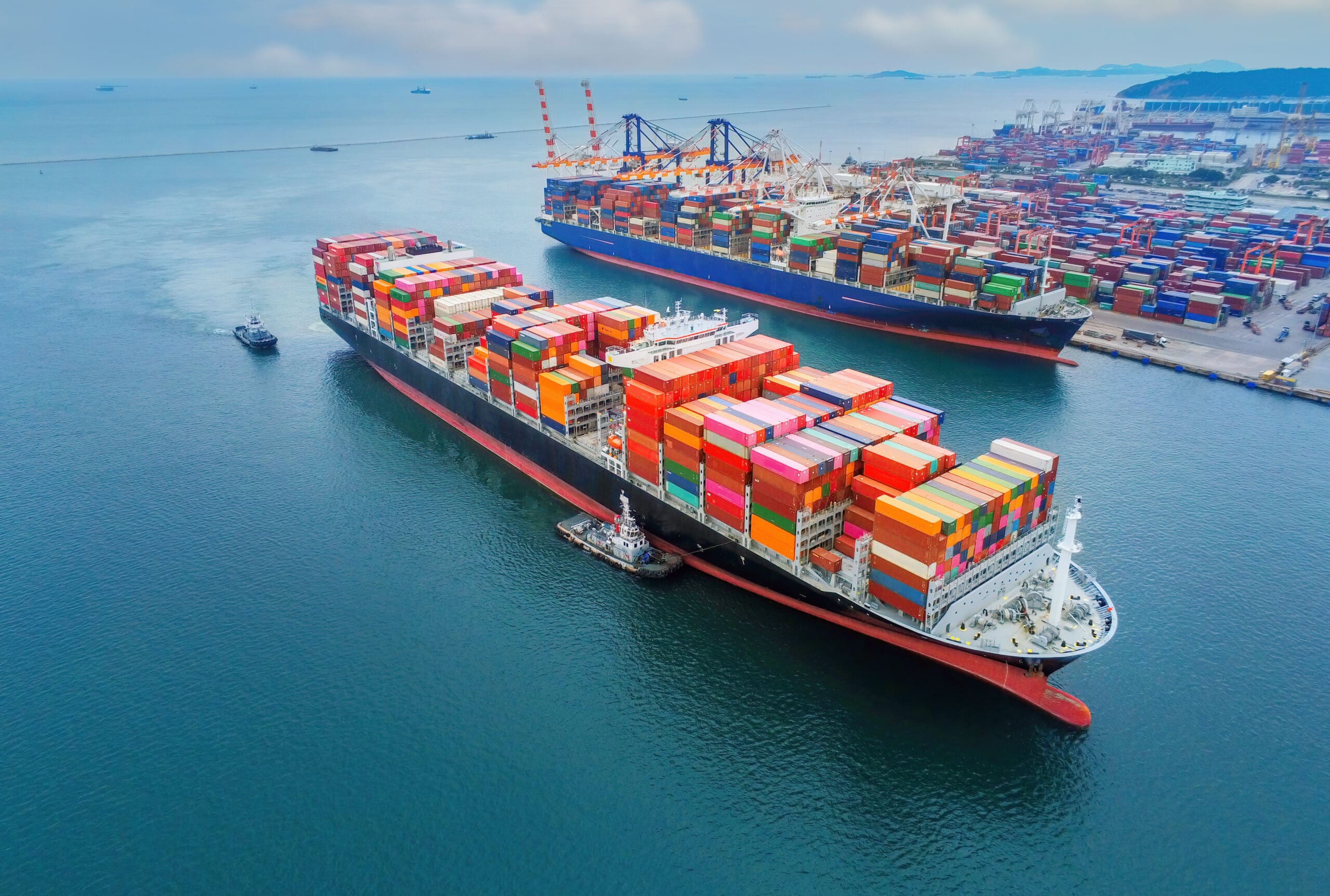Products You May Like
The assessment of the tariffTariffs are taxes imposed by one country on goods or services imported from another country. Tariffs are trade barriers that raise prices and reduce available quantities of goods and services for U.S. businesses and consumers.
s former president Donald Trump imposed in 2018 and 2019 is clear: the policies have had a negative effect on American’s welfare. While the net impact has clearly been negative, the losses and gains have not been felt the same by everyone in the economy. Indeed, a recent report from the United States International Trade Commission (USITC) highlights a pattern of protected industry gain and downstream industry loss.
Governments and policymakers have various motivations for imposing tariffs. One common refrain is the desire to boost domestic production. Tariffs attempt to achieve that by making foreign products more expensive, providing a shield against foreign competition. Consequently, other businesses may increase their purchases of domestically produced goods as the cost of foreign alternatives rises. That can boost business for protected industries. But it can also raise costs and prices that other businesses and consumers face and, in turn, be worse for the economy.
The USITC report offers a glimpse, but not a comprehensive picture, of that story playing out with the Trump tariffs. (The report itself cautions that is does not offer measures of the complete, economy-wide impacts of the tariffs and cannot be used to draw broad conclusions about whether the tariffs produced a net benefit for the U.S. economy.) The partial picture that emerges, however, is enough to give policymakers pause in using tariffs to protect domestic industry.
To illustrate, because of the tariffs on steel and aluminum imports, the USITC report’s partial analysis estimated the following outcomes:
- The 25 percent steel tariffs were nearly completely passed through to U.S. importers as the price of covered steel imports by 22 percent. Overall, steel tariffs increased the weighted-average price of steel by about 2.4 percent when including domestic production and non-covered imports.
- Domestic production of steel increased by about 1.9 percent, or $1.5 billion, per year on average. The estimated increases in the value of domestic steel production were $1.9 billion in 2018, $1.86 billion in 2019, $0.92 billion in 2020, and $1.33 billion in 2021.
- The 10 percent aluminum tariffs were nearly completely passed through to U.S. importers as the price of covered aluminum imports rose by 8.0 percent. Overall, aluminum tariffs increased the weighted-average price of aluminum by about 1.6 percent when including domestic production and non-covered imports.
- Domestic production of aluminum increased by about 3.6 percent, or $1.3 billion, per year on average. The estimated increases in the value of domestic aluminum production were $1.74 billion in 2018, $1.72 billion in 2019, $0.88 billion in 2020, and $0.92 billion in 2021.
- Downstream steel users faced higher input prices. Across the 33 industries included in the model, downstream U.S. producers are estimated to have produced $3.4 billion less on average each year between 2018 and 2021 because of section 232 tariffs. The estimated decreases in the value of downstream production were $4.2 billion in 2018, $3.9 billion in 2019, $1.8 billion in 2020, and $3.5 billion in 2021.
In other words, across the industries the USITC report examined, an average of $2.8 billion in production increases enabled by the higher prices from the tariffs was met with $3.4 billion in production decreases in certain downstream industries.
While the USITC report estimated some downstream effects of the Section 232 tariffs, it excluded any upstream or downstream effects from the Section 301 tariffs. Among protected industries, the report found:
- Chinese exporters largely maintained the same prices and U.S. importers absorbed the costs of the tariffs through a combination of less-favorable margins for sellers and higher prices for consumers or downstream buyers.
- The value of domestic production within directly affected industries overall increased by 0.4 percent on average each year from 2018 to 2021, with part of that value increase coming from a 0.2 percent increase in the price of affected products that are domestically produced.
- The USITC report discusses how “increasing the price of intermediate goods (directly through the tariff or indirectly through the increase in the demand for domestic substitutes) would increase the cost and lower the domestic production of downstream goods,” but it does not attempt to measure any downstream effects.
The story of the USITC report, while not intended to answer the question of whether the tariffs produced net benefits overall, is a valuable reminder that policy decisions come with trade-offs. Tariffs can shield domestic industry from foreign competition in the short term, but that protection comes at the expense of other domestic industries and consumers. Fortunately, we have studies aplenty to answer that big question: the 2018-2019 Trump tariffs did not create a net economic benefit.
Stay informed on the tax policies impacting you.
Subscribe to get insights from our trusted experts delivered straight to your inbox.
Share
